2022年10月22日(土) - 2023年01月09日(月)
The Fukuda Art Museum and the Saga Arashiyama Museum of Arts & Culture are jointly organising an exhibition to commemorate the rediscovery of Matsuo Basho's valuable self writing and painting, "Nozarashi Kikō" (Journal of Bleached Bones in a Field), after a half century. With Yosa Buson as the key person, the exhibition traces the footsteps of Matsuo Bashō, whom Buson admired, and Itō Jakuchū, who was born in the same year as Buson.
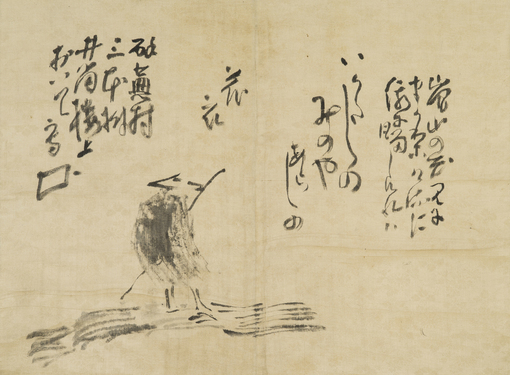
To celebrate the recent rediscovery of Matsuo Bashō's manuscript scroll of Nozaraishi Kikō (Weather-beaten Bones Travelogue), which had disappeared for 50 years, Saga Arashiyama Museum of Arts and Culture and Fukuda Art Museum have organized a joint exhibition.
Besides tracing the footsteps of Bashō, the exhibition also features works by Yosa Buson, a great admirer of Bashō, and by Itō Jakuchū, who was born in the same year as Buson.
At Saga Arashiyama Museum of Arts and Culture, the first venue of this exhibition, you can see Matsuo Bashō’s own handwriting, both in letters he wrote to his disciples and in a tanzaku scroll of Furuikeya, his most famous haiku. Similarly, there are handwritten letters and haiku by Buson, who actively promoted the legacy of Bashō, and works by some of Buson’s disciples.
At Fukuda Museum of Art, the second venue, as well as a special exhibition of the rediscovered Nozaraishi Kikō, handwritten and illustrated by Basho, you can also see excellent early-through-late-period works by Buson and Jakuchū.
| Title | Bashō & Buson, Buson & Jakuchū |
|---|---|
| Dates | October 22 (Sat.) 2022 to January 9 (Mon.), 2023 1st Period: October 22 (Sat.) to November 28 (Mon.) 2022 2nd Period: November 30 (Wed.) to January 9 (Mon.) 2023 |
| Opening Hours | 10:00 am – 5:00 pm (last entry 4:30 pm) |
| Closed | November 29 (Tue.) December 30 (Fri.) to January 1 (Sun.) |
| Entry Fee | General / University student: ¥900 (¥800) High school student: ¥500 (¥400) Elementary / Junior high school student: ¥300 (¥250) Disabled person and up to one helper: ¥500 (¥400) General / University student: ¥2,000 High school student: ¥1,000 Elementary / Junior high school student: ¥550 Disabled person and up to one helper: ¥1,000 * Prices in parentheses are for groups of 20 or more. * Free for preschool children |
| Organizers | Saga Arashiyama Museum of Arts & Culture, Fukuda Art Museum, Kyoto Shimbun |
| Supported by | Kyoto Prefecture, Kyoto City Board of Education |
| Related documents | List of Works |

Matsuo Bashō (1644–1694)
Bashō is world famous, both as author of the best-known haiku—Water old and still / a frog somewhere leaps / a liquid sound—and for his travelogue titled Oku no Hosomichi [Narrow Road to the Interior]. He was born in what is now Iga City in Mie Prefecture and moved to Edo (present-day Tokyo) when he was 32. Three years later he was recognized as a master of short-form poetry. He then settled in the Fukagawa area of Edo. When he was 38, he began using the name Bashō.
In his haiku, Bashō observed familiar subjects in everyday situations. His approach influenced the following generations and laid the foundation for the current worldwide interest in haiku.
Among the exhibits, you can get clues about Bashō’s personality from his handwriting, both in letters and in tanzaku haiku scrolls that he himself wrote. You can also see how later painters represented his character in portraits they made of him.
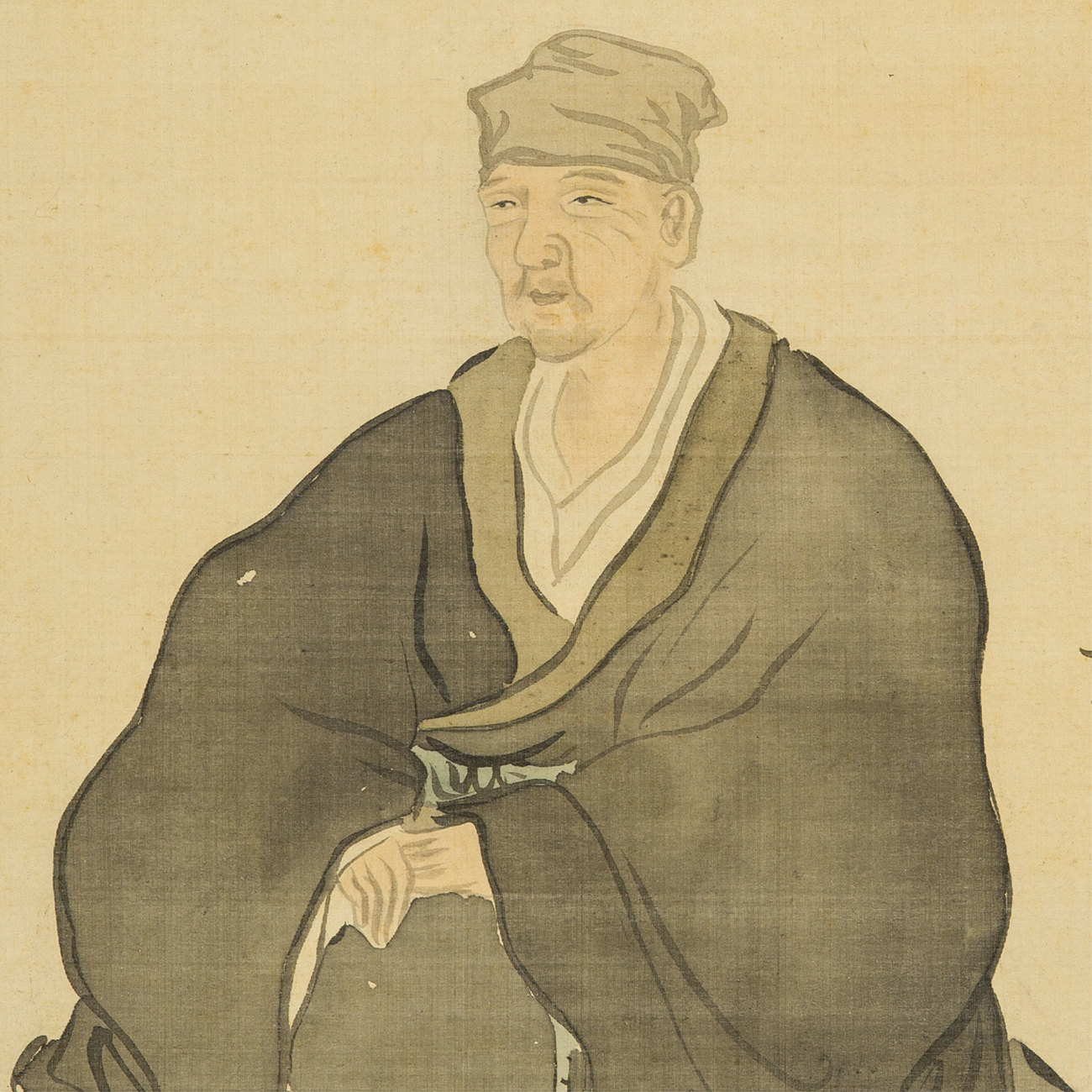
"Matsuo Bashō" by Yosa Buson
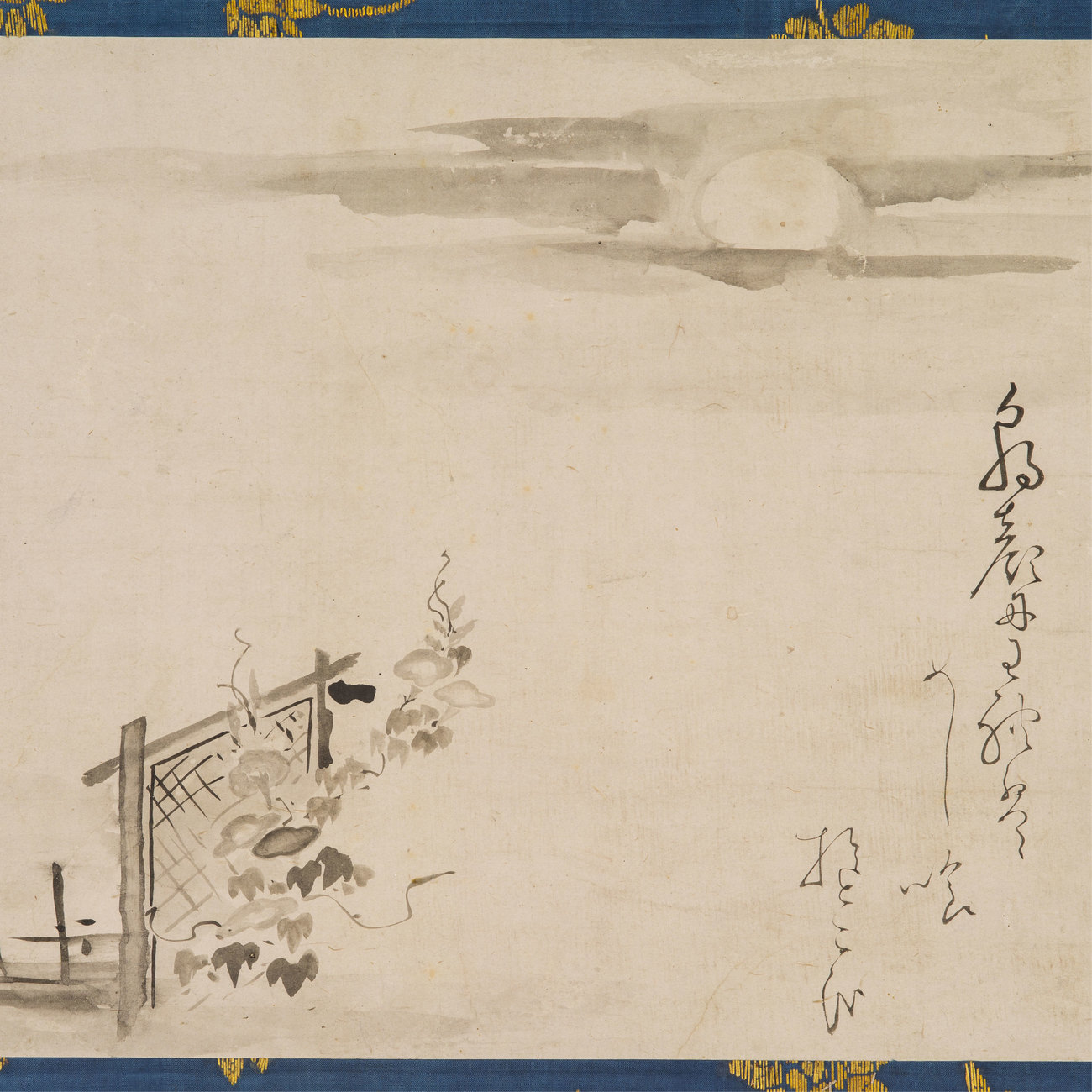
""Asagao ni" with the Self-inscription" by Matsuo Bashō
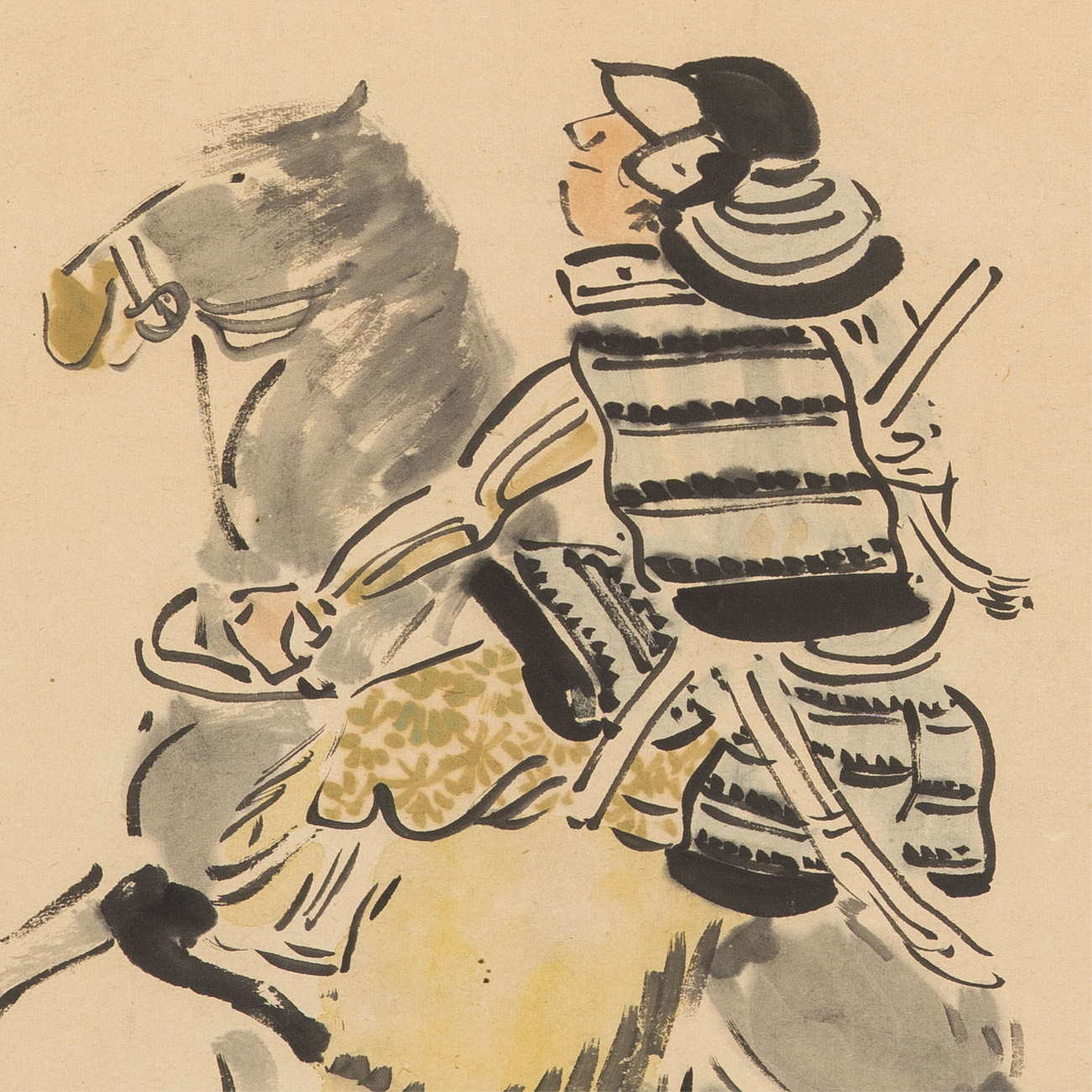
""Nukegake no" with the Self-inscription" by Yosa Buson
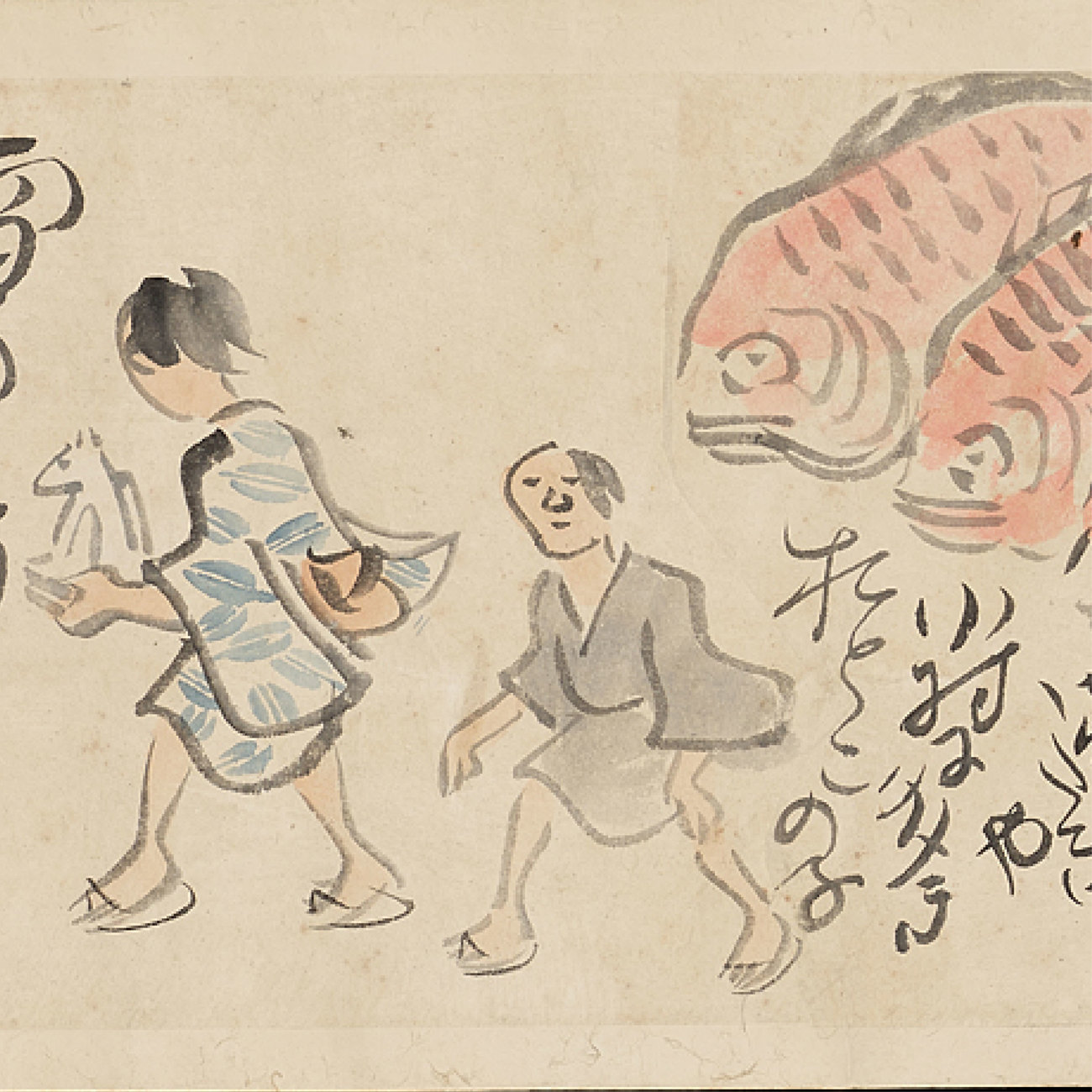
"hown as Illustrated Haiku on Picture Scrolls: Seasonal Items for the
Twelve Months" by Go Shun
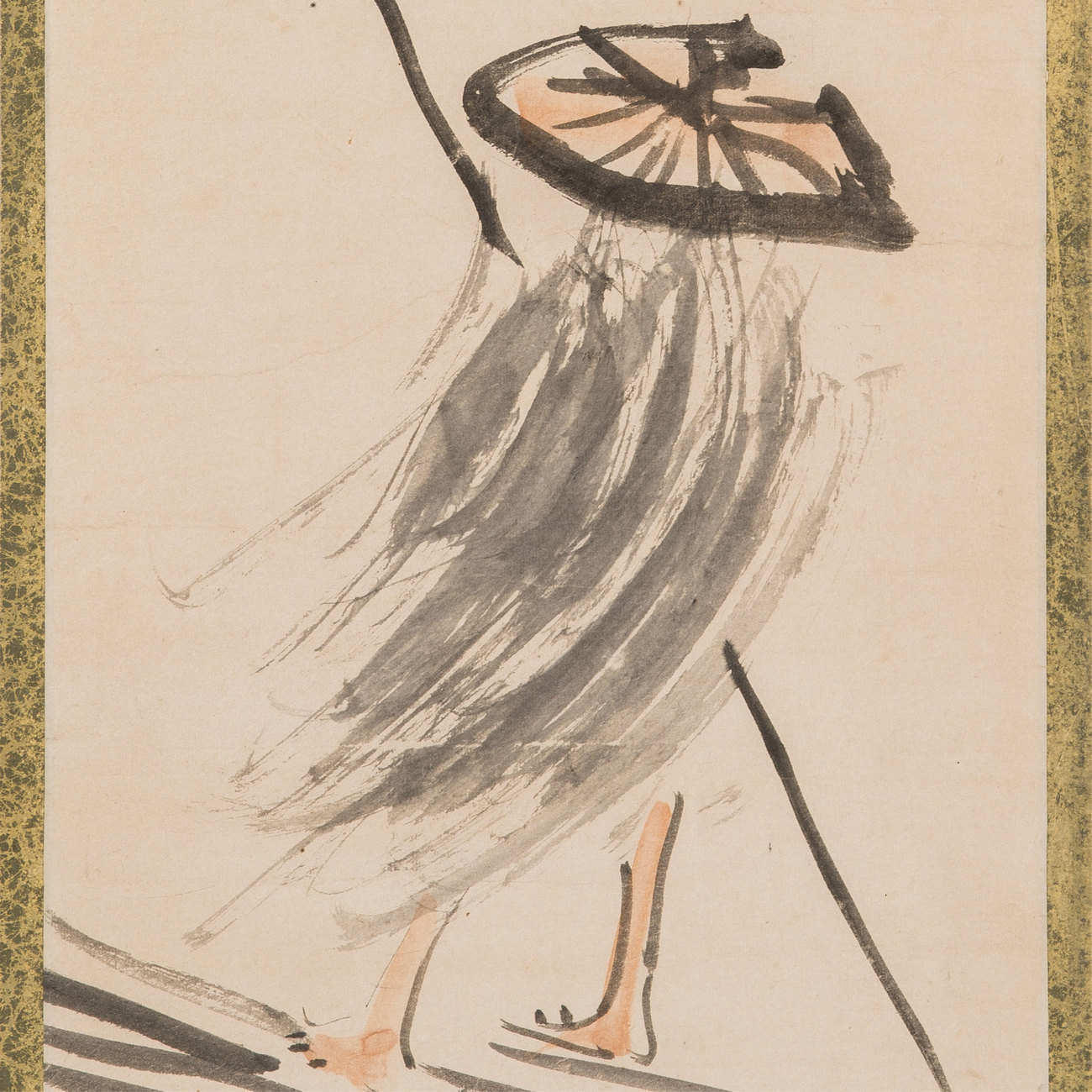
""Ikadashi no" with the Self-inscription (Rafter)" by Yosa Buson
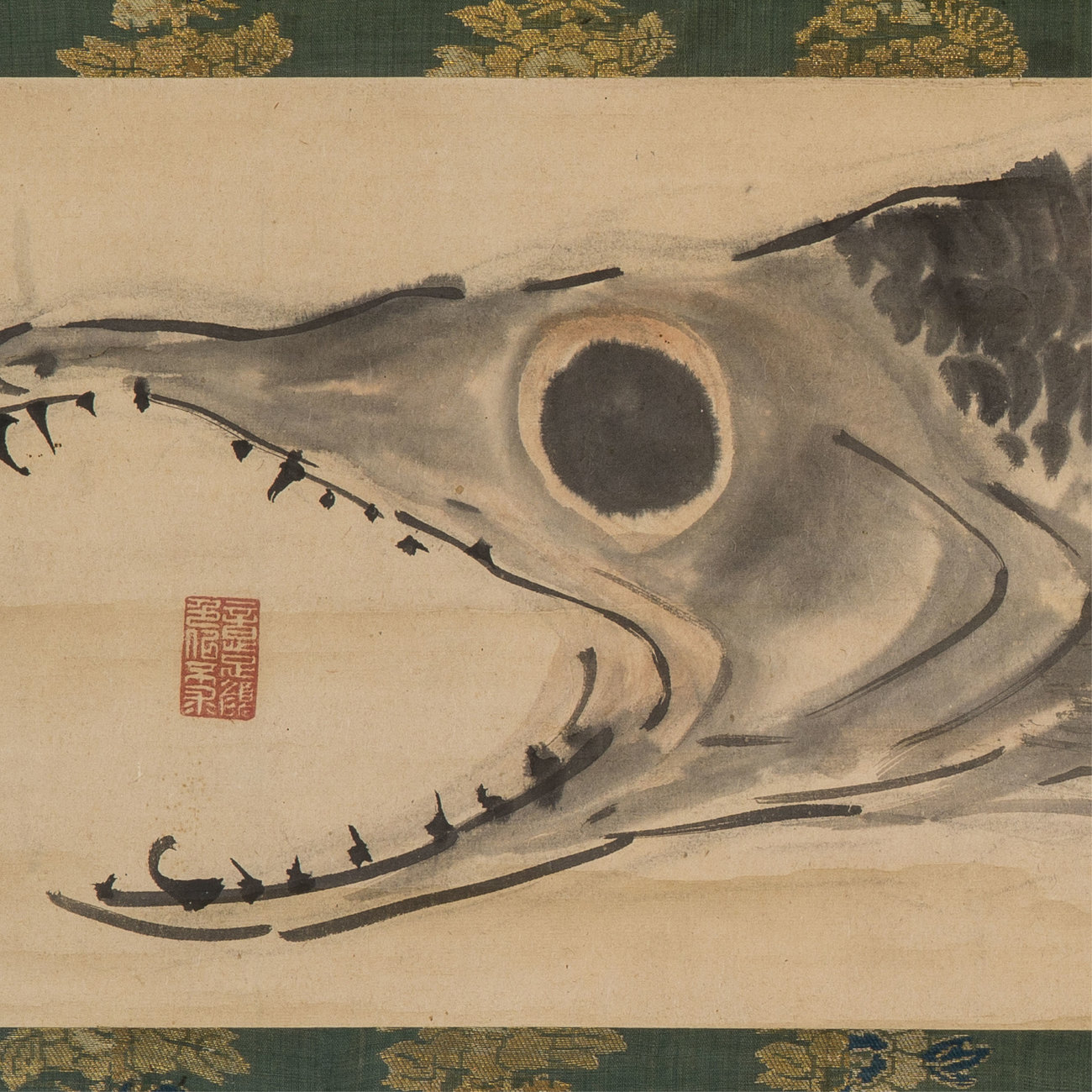
"Dried and Salted Salmon with the Inscription" by Ki Baitei